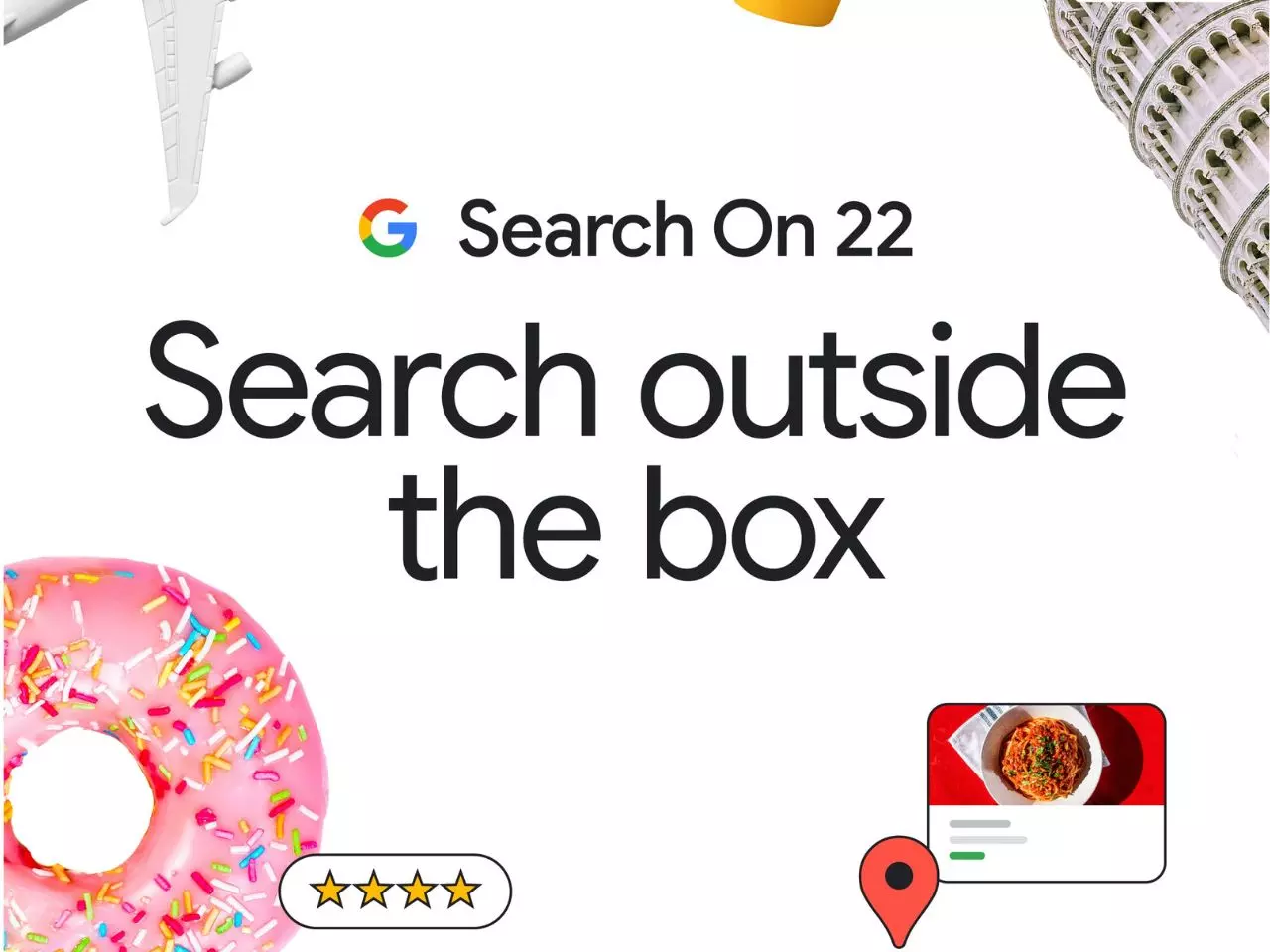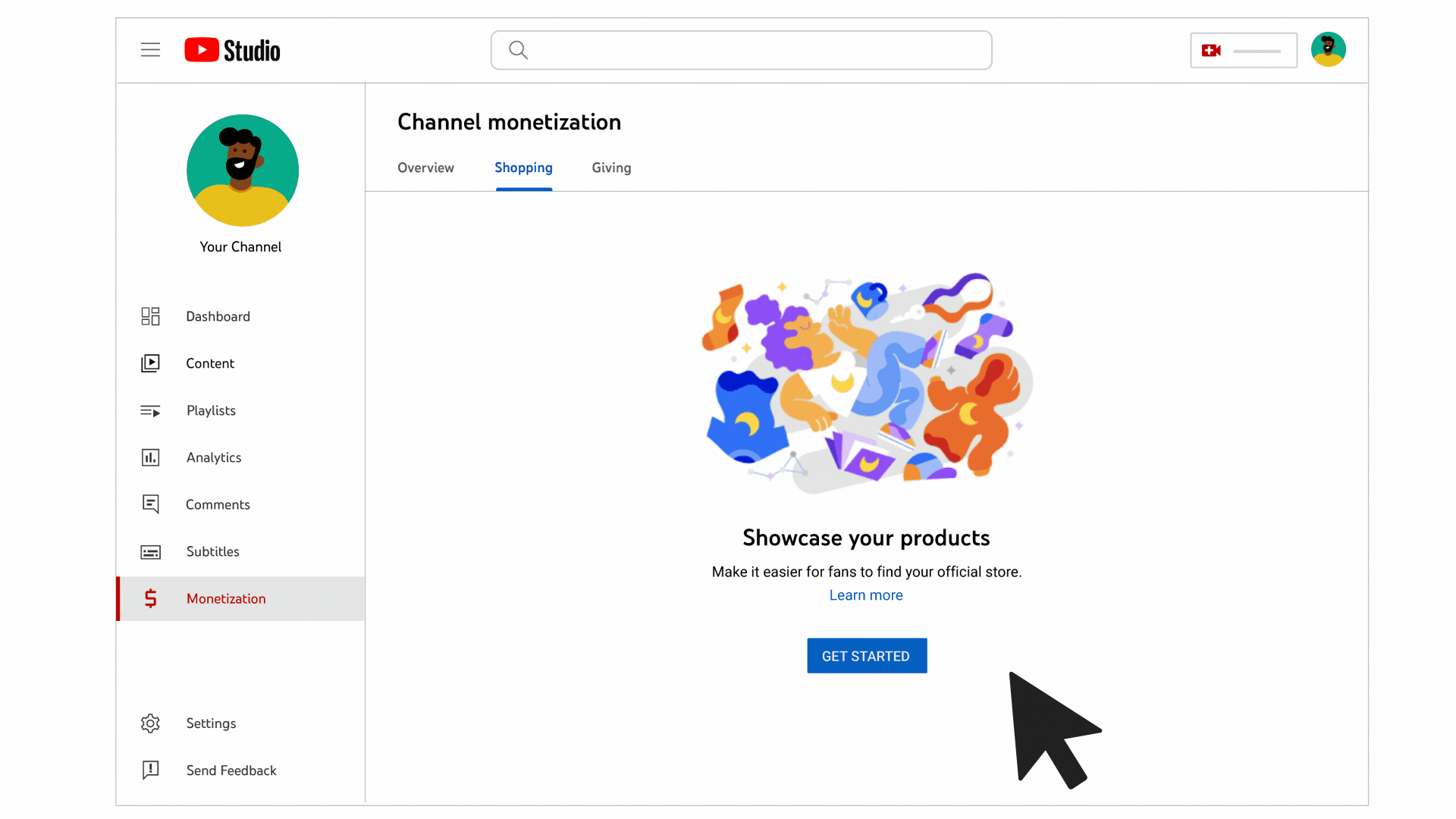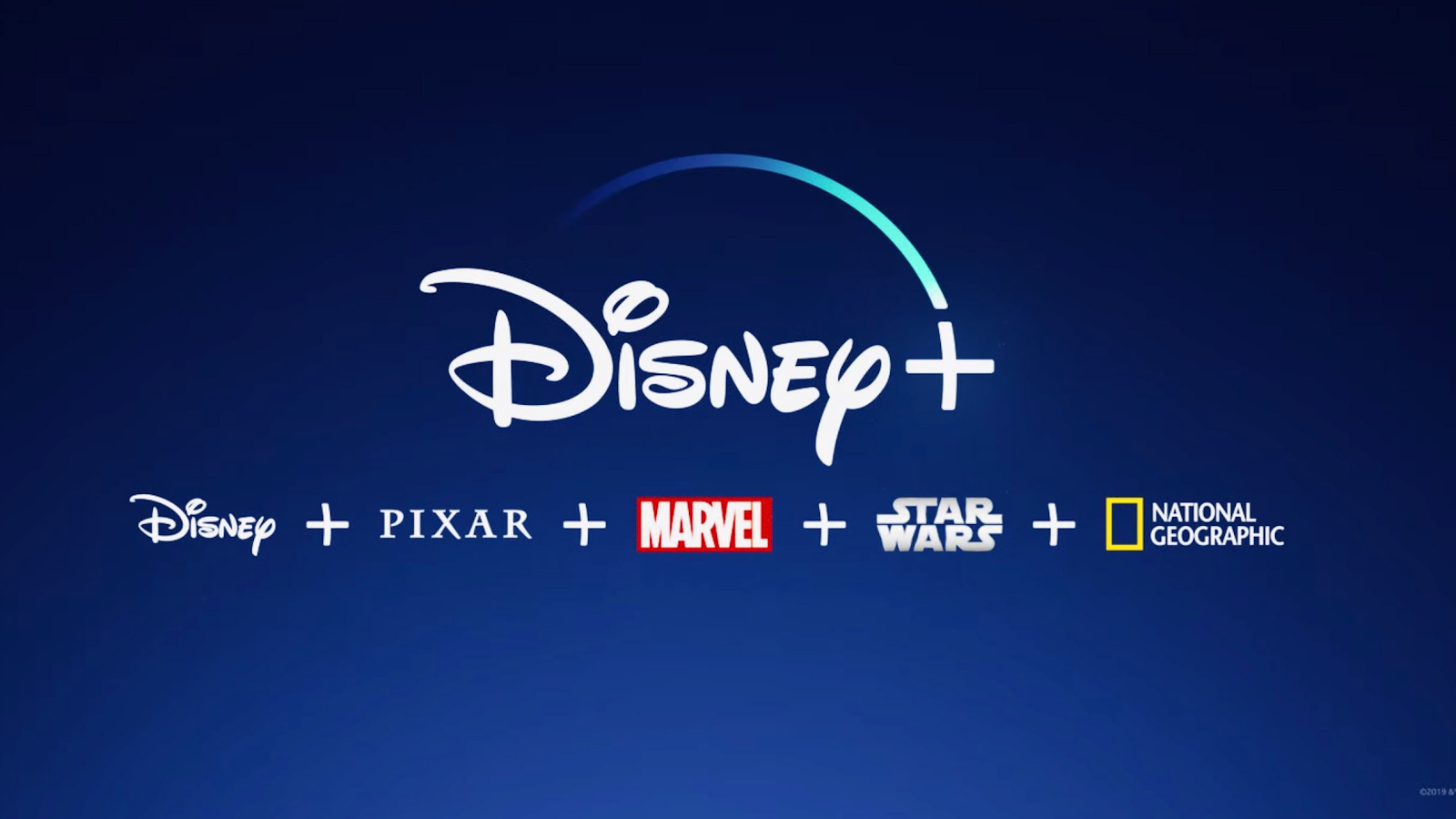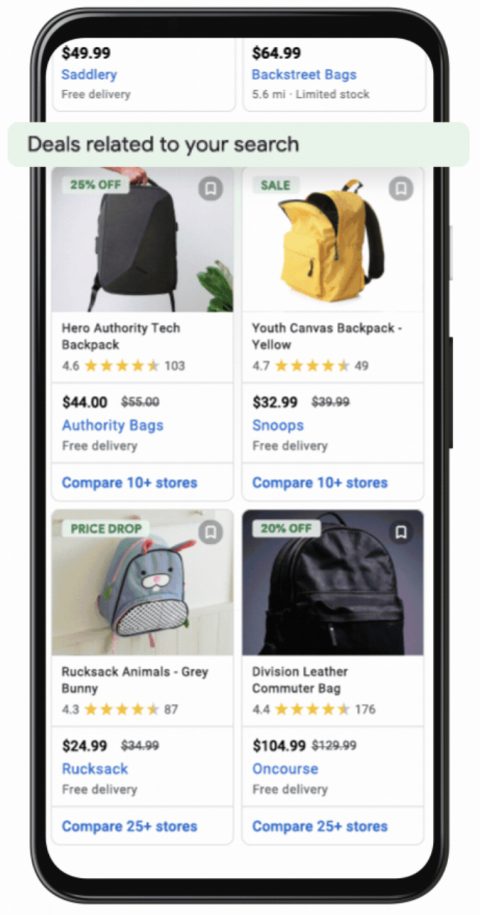Creators will be able to find and partner with independent businesses easily. If you want to know more about this launch, keep on reading.
Shopify announced a new Shopify Collabs on its platform, allowing creators to connect with merchants and give them a new way to make money.
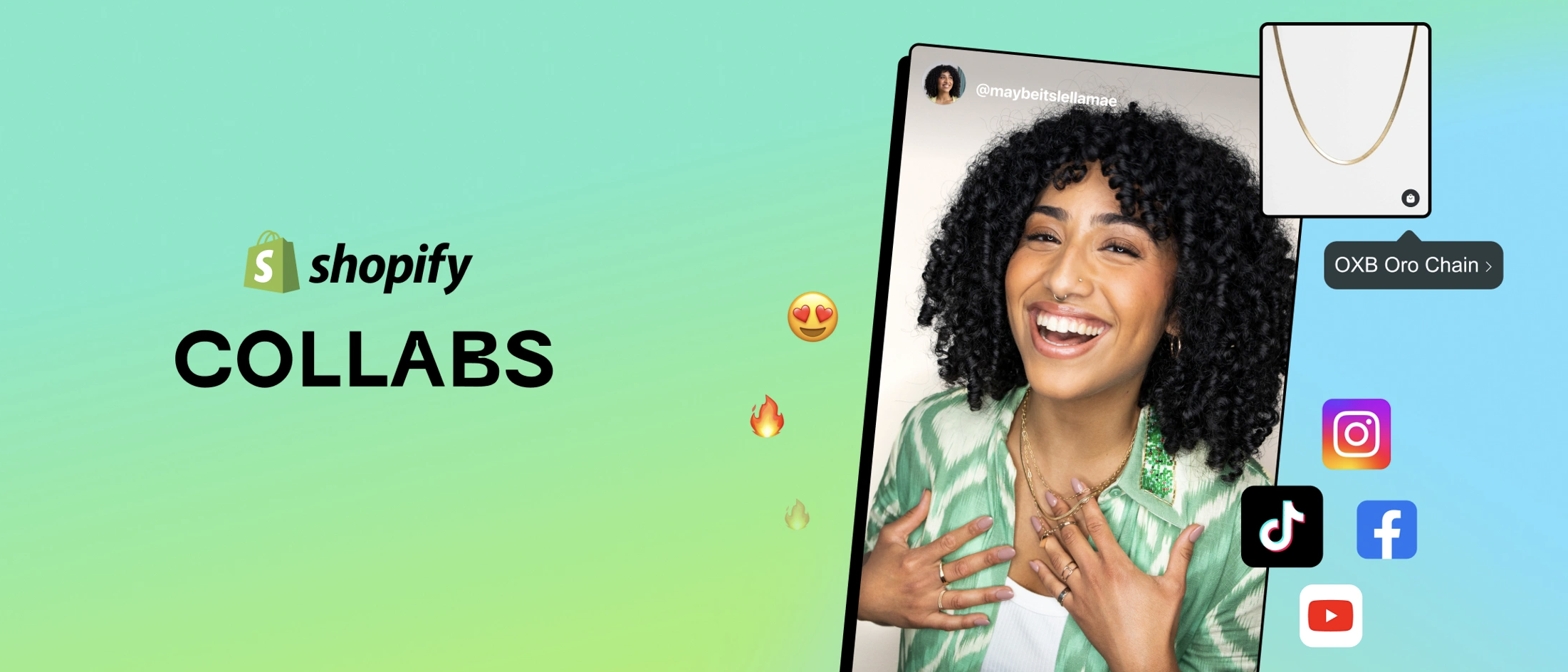
How to get started? First, creators need to apply for an account to be able to browse for merchants that align with their audience. Once they find a brand, a partnership can be created in order to list the products to share on social media via Linkpop. If someone purchases a product using the shared link, creators will receive a payment.
Linkpop, which launched earlier this year, allows creators to sell products directly from their page, include important links, and launch storefronts to sell directly on their platforms where they engage with followers.
The company also offers a mobile-friendly option that can be used to share links to their communities on Instagram, Tiktok, Spotify, and other social media platforms.
Would you apply for a Collabs account? Do you think this can help independent brands?
Collabs can be a good way to make stores and products more visible, and it can also help manage relationships between creators and merchants.
This launch is available to all merchants in USA and Canada, and they can apply for access on Shopify’s website.
We will be gathering further information about Collabs and we will let you know if creators are happy with this integration or not. Stay tuned!
About Quantikal
Quantikal is a data-driven performance marketing agency based in Buenos Aires, Argentina. We help clients scale their business through profitable digital ad spending by constantly obsessing over clients’ key metrics. Quantikal’s experience working in diverse online companies in marketing roles including media buying allows us to provide solutions in the ever-demanding increase of marketing performance, doing more with less thus becoming a strategic partner.

